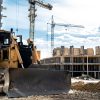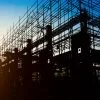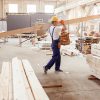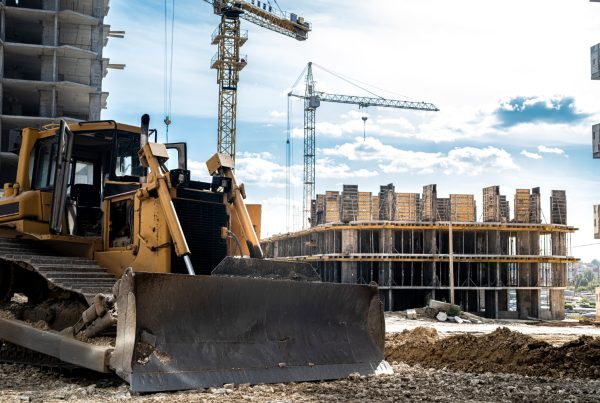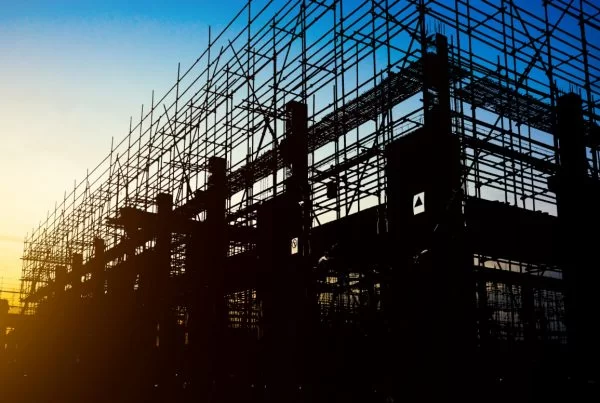
Arboretum and timber policy in France
The future of sustainable construction lies not just in reducing harm, but in choosing materials that work in harmony with the environment. As outlined in the ICW Borneo 2025 presentation by Professor Neil Thomas, timber and bamboo are leading this shift, combining low environmental impact with high architectural potential.
One standout feature is mass timber construction, which is gaining momentum in urban development. Projects like Arboretum in France, the largest mass timber development in Europe, and Canada’s GCWood initiative illustrate how governments are embracing wood not just as a material, but as a climate strategy. Timber, when sourced responsibly, sequesters carbon, requires less energy to produce, and contributes to healthier indoor air quality.
Digital design technologies further enhance the possibilities of using irregular, natural materials. Through CNC fabrication and advanced modelling, even whole tree trunks, previously considered too uneven, can now be processed into architectural elements. This approach reduces waste and celebrates the natural uniqueness of each piece of wood.
Equally promising is bamboo, a fast-growing grass that outpaces hardwood trees in sustainability metrics. A 20-metre bamboo culm can regenerate in just three years, compared to the 30 years required by a hardwood tree. Over 15 years, a single bamboo clump can produce up to 15 kilometres of usable poles — a staggering yield. Bamboo also boasts incredible tensile strength, making it suitable for load-bearing structures when engineered correctly.

Bamboo in engineered form
A prime example is The Arc at Green School Bali, designed by Atelier One. Awarded the Supreme Award for Structural Engineering Excellence in 2022, it demonstrates how engineered bamboo can achieve both beauty and structural performance. The design integrates locally sourced materials with cutting-edge engineering, offering a replicable model for low-carbon architecture.
Importantly, using these materials challenges us to rethink aesthetic norms. Timber and bamboo don’t just replace concrete or steel – they invite entirely new forms, textures and relationships with nature.
In summary, sustainable construction is no longer an abstract ideal; it’s a practical and scalable solution. With timber and bamboo leading the way, and digital tools enabling their smart use, we already have the building blocks for a climate-conscious future. All that’s left is the will to use them.
Related article
Part 1: Building for Tomorrow – Why Sustainability Must Start Now


